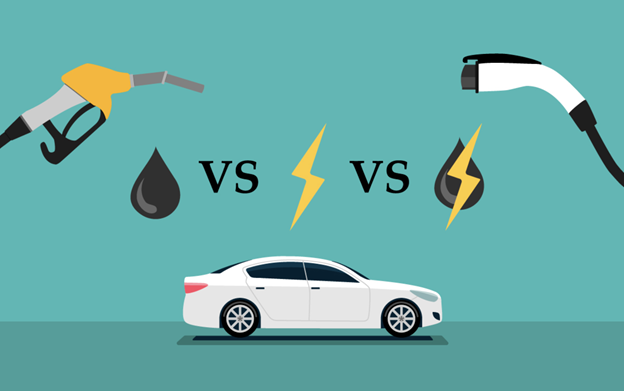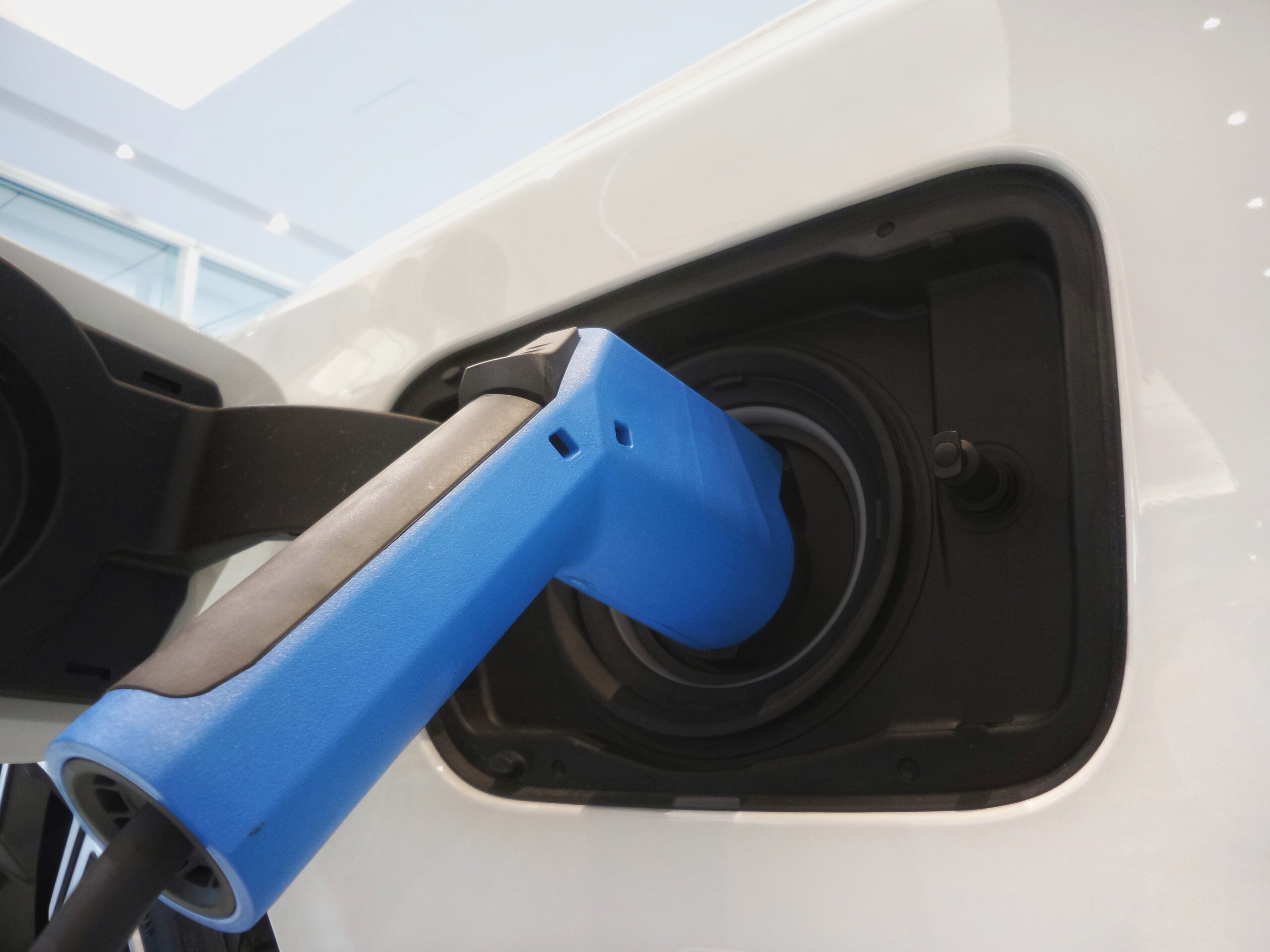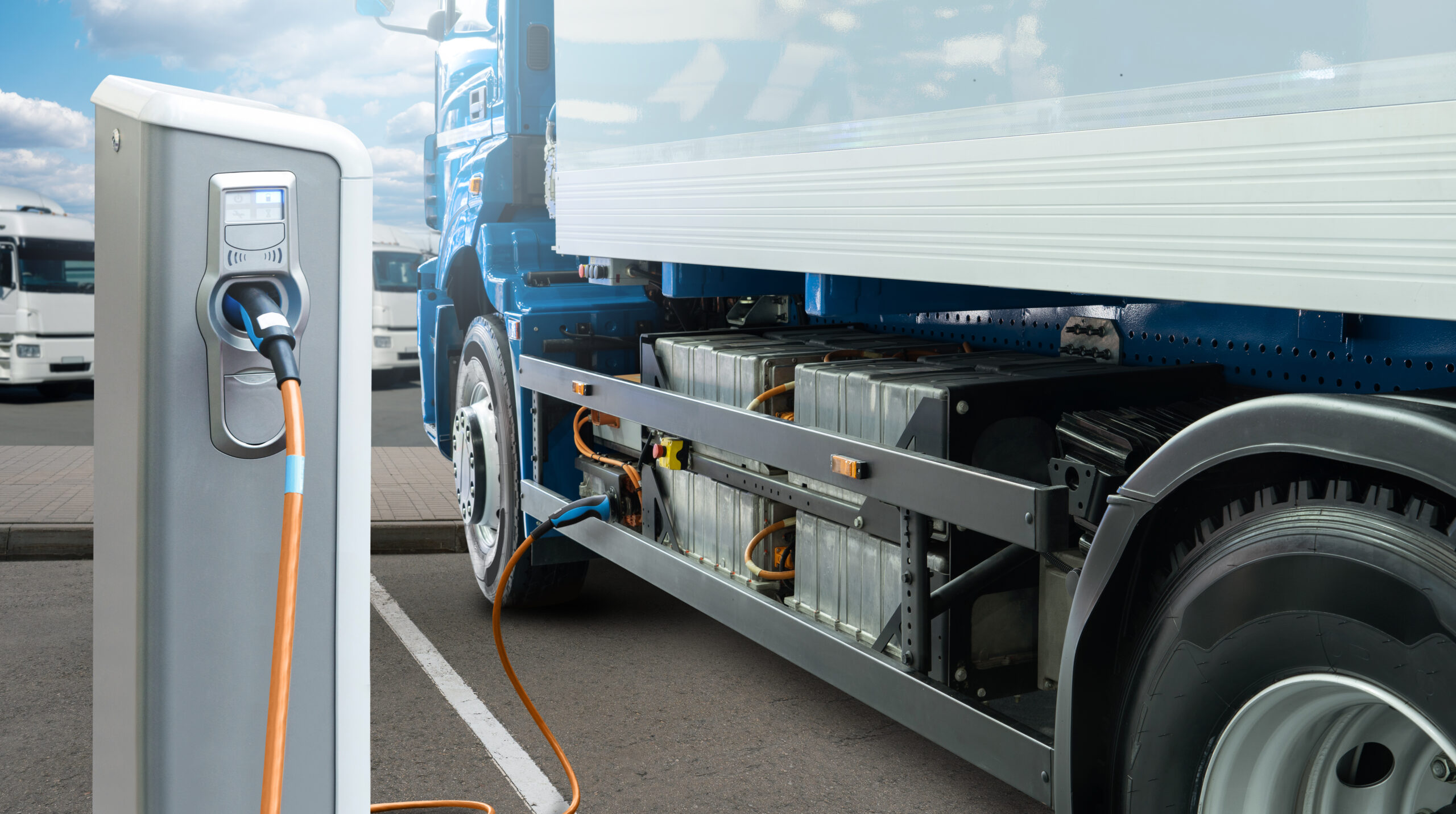More and more fleets are adding electric vehicles (EVs) to their lineup. But is that the best option for your fleet? Are they as cost-efficient as internal combustion engine (ICE) vehicles? And where does hybrid come into all of this?

ICE, Electric, and Hybrid Explained
There are so many options on the market now that it’s only right that fleet managers may feel a bit out of their depth when trying to find the best solution for their needs.
Electric cars and vans have come on leaps and bounds in recent years and hybrid vehicles can be an ideal solution for the right situation. So, where do you start? Well, here are some tips to help you choose between ICE, hybrid, and electric cars and vehicles for your fleet.
Understanding the differences is key to making the best decision for your fleet.
ICE Vehicles
Electric Vehicles
Electric vehicles run only off the energy stored in their batteries, which are charged by being plugged into an outlet or generator. This type of vehicle is generally more expensive to purchase, but you’ll save on gas and reduce emissions from your fleet over time.
Hybrid Vehicles
Hybrid cars, vans, and trucks are powered by the combination of a traditional gasoline or diesel engine and an electric motor that runs on a battery. There are plug-in hybrid models (also known as mild hybrid) and self-charging hybrid vehicles.
A Quick Overview
- In general, ICE vehicles have more power than hybrids and EVs, but you’ll see higher maintenance and running costs. They tend to be cheaper up front, but this is changing as EV prices drop.
- Electric vehicles come with a higher initial cost and can’t travel as far per charge as a hybrid or conventional engine does per tank, but you do save money on fuel and maintenance.
- Hybrids offer better fuel economy, benefiting a fleet’s monthly mileage numbers compared to ICE vehicles, even though they generally cost more initially.
With these different characteristics of each, it’s important to consider all options carefully before taking any action.
Which is Right for Your Fleet?
When choosing between hybrid, electric (EV), and internal combustion engine (ICE) vehicles for a fleet, consider the following factors:
1. Operational Costs
Fuel Costs: ICE vehicles rely on petrol or diesel, while hybrids combine a smaller internal combustion engine with an electric motor to improve fuel efficiency. A look at operational costs shows that hybrids come out ahead of ICE vehicles, but because they are more expensive, your drivers will need to use them for longer. On average, hybrids require 7 years or more of use for any savings to materialise.
EVs can be significantly cheaper per mile, especially if renewable energy or off-peak charging is used. Again, though, the higher upfront costs mean it takes a while to see these savings. Also, the cost of installing electric chargers in your depots needs to be factored into your budget.
Maintenance Costs: EVs generally have fewer moving parts and require less maintenance than ICE vehicles. Hybrids fall in between, with dual systems requiring more upkeep than EVs but less than ICE vehicles.
Tax Incentives: Governments often provide tax breaks, subsidies, or lower registration fees for EVs and hybrids.
2. Range and Usage Needs
Daily Mileage: EVs are ideal for predictable routes or shorter distances, especially in urban settings. ICE vehicles and hybrids are better suited for long-range or unpredictable travel.
Charging Infrastructure: EVs require access to charging stations at depots or on routes. Without sufficient infrastructure, ICE or hybrids might be more practical.
Load and Towing Requirements: Heavy loads may impact the efficiency and range of a battery electric vehicle more significantly than an ICE vehicle or hybrid electric vehicle.
3. Environmental Impact
4. Initial Purchase Cost
EVs often have higher upfront costs than ICE or hybrid vehicles. However, government subsidies and lower running costs can offset this over time.
Hybrids are generally more expensive than ICE vehicles but cheaper than EVs.
5. Infrastructure and Support
6. Resale Value
7. Government Regulations
8. Fleet Size and Mix
9. Energy Source Availability
10. Driver and Employee Training
11. Technology and Innovation
Why Fleets Are Adopting EVs (and Why You Should Consider It Too)
More and more fleets are turning to electric vehicles. Why? They offer a compelling case from both an environmental and cost perspective.
The costs can’t be ignored
These days, the benefit of EVs is more than simply being eco-friendly. In a recent study by Argonne National Laboratory, electric vehicles were shown to be 40% less expensive to maintain than ICE vehicles, but that’s not all.
“Even if you have to pay more upfront, or even if your monthly rental is a little higher, the reduced running cost through electricity is much cheaper than petrol or diesel; there is a reduced service, maintenance, and repair (SMR) cost from the fact there are fewer mechanical working parts, so there is less to replace on every service, and that can change the perception of pricing in the customers’ minds,” says Helen Lees, head of electric vehicles and connected services at Groupe PSA.
Every year, these savings add up. The technology is still relatively new, but the numbers are attractive enough to make it an enticing choice for any fleet that can afford it.
What about the range? Despite what you’ve heard, electric vehicles can go multiple days without recharging under some conditions. Some vehicles are achieving a range of 300+ miles per charge.
However, if drivers need to travel more than 300 miles during the day, a mid-shift charge will be necessary. This needs to be factored into your calculations, including both the time involved and access to charging points.
Recent legislation makes investing in petrol vehicles a risk. The US is now severely restricting what automakers can produce, and as a result, many have started developing electric vehicles that get more miles per charge while phasing out their gas vehicles.
So, if you’re looking at buying new vehicles in the next few years, consider electric power—by that time, they’ll likely be able to go even farther than traditional petrol vehicles on one charge.
How Powerfleet (formerly Fleet Complete) Can Help
GPS-enabled fleet management and asset tracking software can help you work out whether it’s time to go electric by comparing vehicle costs and helping you optimize your fleet’s performance. Let the software automatically track your trip mileage, then export it into a report for your entire fleet. From there, you can calculate the range (how long you can drive before you need to charge) and the cost per unit (in this case, miles).
Learn more about how Powerfleet (formerly Fleet Complete) can help you make the move to electric by requesting our Powerfleet (formerly Fleet Complete) demo.








